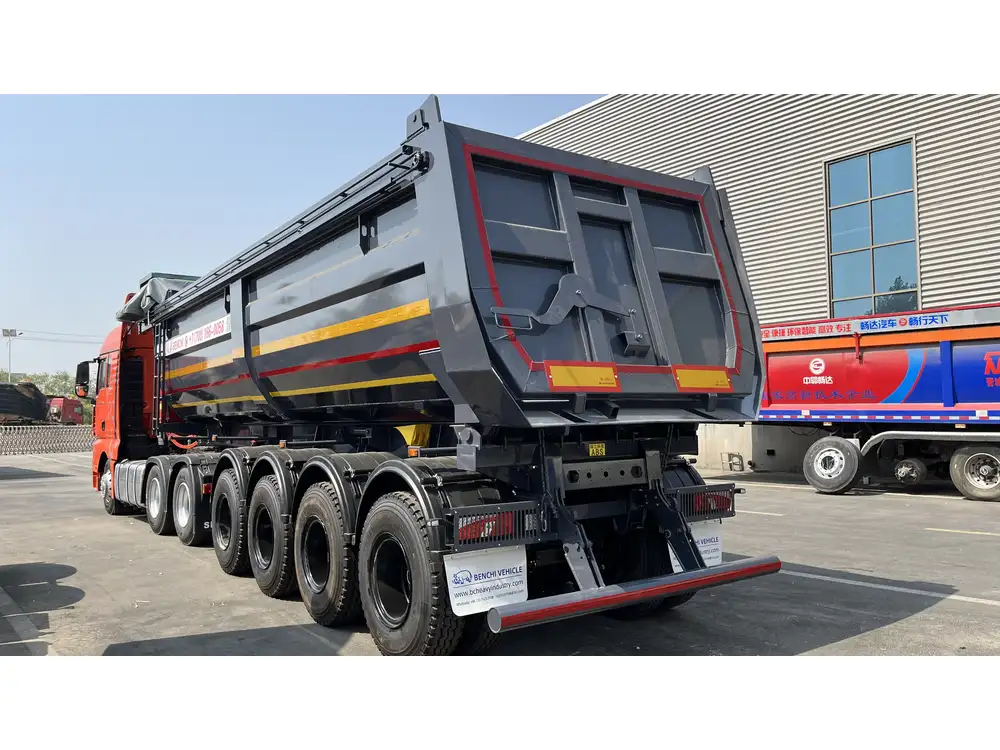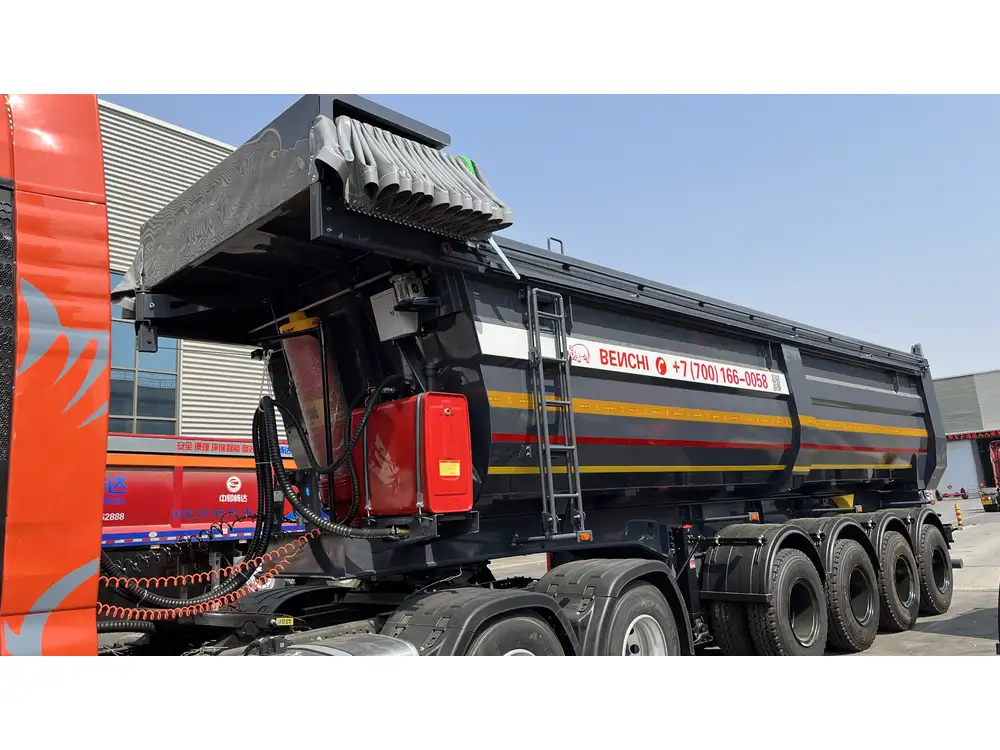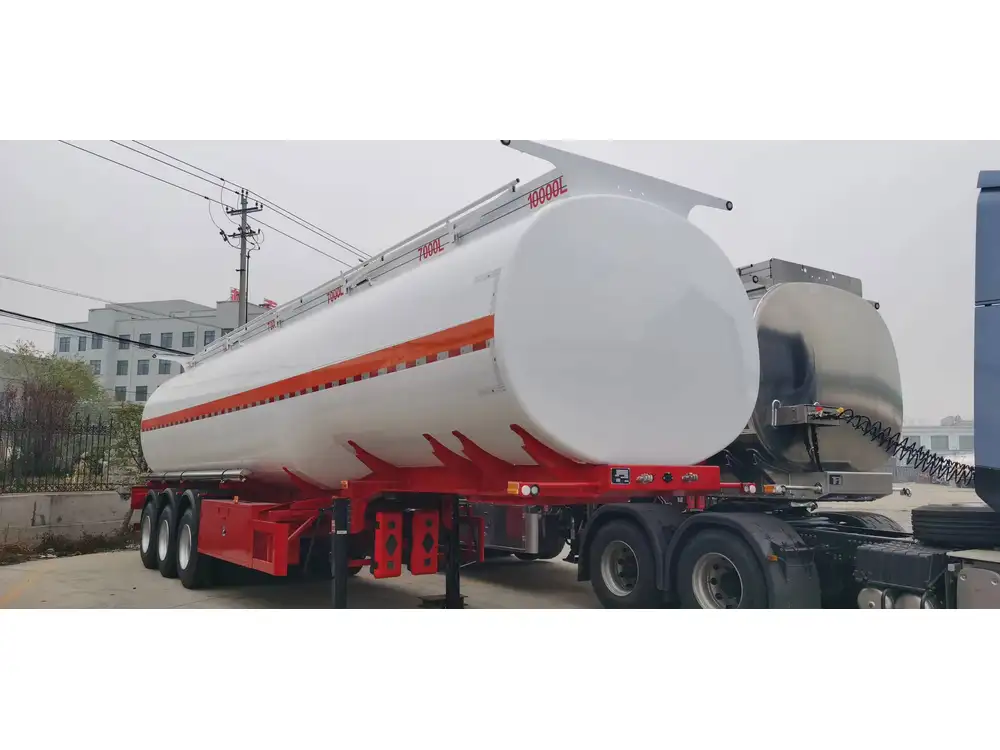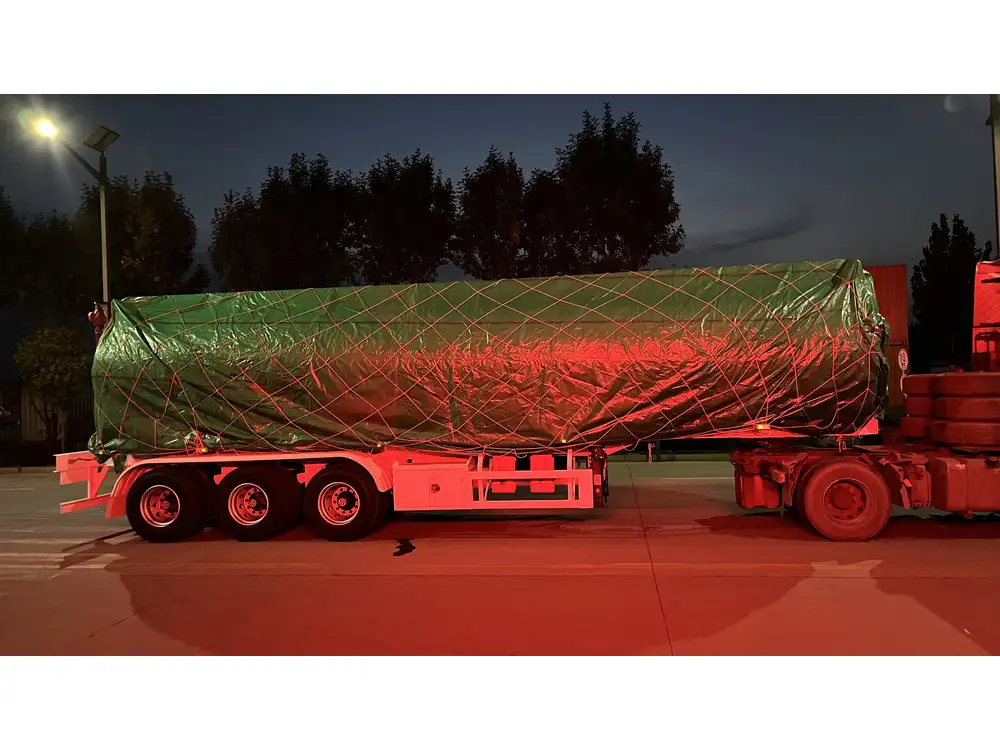When considering the logistics and transportation industry, the dimensions of the vehicles utilized are paramount. With semi truck and trailer combinations being integral to freight transport, understanding their lengths aids in everything from route planning to regulatory compliance. This comprehensive guide elucidates the intricacies of semi truck and trailer lengths, catering to industry professionals and enthusiasts alike.
The Basics: What is a Semi Truck and Trailer?
To engage meaningfully in discussions about length, it is beneficial first to establish clarity on the terminology. A semi truck (or semi-tractor) serves as the power unit, typically equipped with substantial horsepower and torque for hauling heavy loads. It interconnects with a trailer, which serves as the cargo-carrying component. Together, they create a semi-trailer truck, prevalent in freight transport.
Table 1: Main Components of a Semi Truck and Trailer
| Component | Description |
|---|---|
| Semi Truck | The powered vehicle that houses the driver and engine |
| Trailer | The attached cargo unit designed to be towed |
| King Pin | The coupler that connects the truck to the trailer |
| Fifth Wheel | The mechanism on the truck that secures the trailer |
Length Specifications: A Peek into Industry Standards
In the United States, different regulatory bodies—such as the Federal Motor Carrier Safety Administration (FMCSA) and various state departments of transportation—impose specific standards governing the dimensions of semi trucks and trailers. Understanding these standards helps ensure compliance with applicable laws.

Semi Truck Length
The average length of a semi truck alone typically hovers around 20 to 30 feet. However, this can vary based on the model and design specifications. Some trucks made for special purposes, like those with sleeper cabins, can exceed this average.
Trailer Length
Semi-trailers vary significantly based on their designed function. Here are common lengths:
- Standard Van Trailers: Generally range from 28 to 53 feet.
- Reefer Trailers: Commonly range from 28 to 53 feet, similar to standard van trailers, with insulation and refrigeration capabilities.
- Flatbed Trailers: These can range from 48 to 53 feet, depending on the load capability and structure.
Table 2: Trailer Length Ranges by Type
| Type of Trailer | Length Range |
|---|---|
| Standard Van | 28 to 53 feet |
| Reefer | 28 to 53 feet |
| Flatbed | 48 to 53 feet |
| Lowboy | 24 to 30 feet |
| Car Hauler | 20 to 30 feet |
Comprehensive Overview of Combined Lengths
The combined length of a fully loaded semi truck and trailer can extend to approximately 70 to 80 feet, assuming the use of a standard 53-foot trailer. Notably, multiple combinations exist depending on the operational requirements, including:

Truck/Trailer Combinations
- Single Axle with 28-foot trailer: Approximately 56 feet in overall length.
- Two-Axle Truck with 48-foot trailer: Approximately 68 feet in total length.
- Tractor with 53-foot Triple Axles: Up to 80 feet depending on state regulations.
Regulatory Implications
Understanding the implications of trailer length is crucial for route planning and logistic strategy. States maintain unique regulations regarding the maximum allowable length for various trailer types. This compels logistics professionals to be resourceful when crafting routes for long-haul operations.
Table 3: Maximum Length Limitations by State (Example)
| State | Maximum Length (ft) |
|---|---|
| California | 65 |
| Texas | 65 |
| New York | 60 |
| Florida | 75 |
| Illinois | 65 |
Factors Influencing Semi Truck and Trailer Length Decisions
The choice of length for a semi truck and trailer isn’t merely arbitrary; it derives from multiple factors, aligning logistical efficiency with regulations. Consider the following:

1. Cargo Type
The nature of the cargo dictates the necessary trailer type. For instance, long pallets may require a flatbed while temperature-sensitive goods necessitate a reefer.
2. Route Requirements
Urban routes may require shorter combinations for navigating compact spaces, while an interstate corridor allows longer configurations.
3. Compliance and Regulation
Companies must adhere to federal and state regulations. Oversized loads may require permits and advisory signage, influencing equipment choices.

4. Operational Efficiency
Longer configurations can increase cargo capacity but may also lead to challenges in maneuverability and increased fuel consumption.
Comparisons of Different Truck/Trailer Configurations
To further understand the impact of varying lengths, let’s explore different configurations in terms of operational efficiency and capacity.
1. Standard 53-Foot Truck/Trailer
- Capacity: Approximately 26 standard pallets.
- Ideal Use: Long-haul transportation of dry goods.

2. 28-Foot Truck/Trailer
- Capacity: Approximately 14 standard pallets.
- Ideal Use: Shorter hauls and urban deliveries where maneuverability is crucial.
3. Flatbed 48-Foot Trailer
- Capacity: Holds heavy or bulky cargo but limited by load securing capability.
- Ideal Use: Transporting equipment, raw materials, and industrial goods.
Comparison Table
| Configuration | Length (ft) | Capacity (Standard Pallets) | Ideal Use |
|---|---|---|---|
| Standard 53-Foot | 53 | 26 | Long-haul, dry goods |
| Standard 28-Foot | 28 | 14 | Short-haul, urban deliveries |
| Flatbed 48-Foot | 48 | Varies | Heavy/bulky cargo transport |
The Future of Semi Truck and Trailer Development: What’s Next?
As we look toward the future, advancements in technology, materials, and design are poised to redefine the semi truck and trailer landscape. Key areas include:

A. Lightweight Materials
Innovations in composite materials may lead to lighter trailers, enhancing fuel efficiency without sacrificing structural integrity.
B. Connected Vehicles
Integrating IoT technologies into truck and trailer systems can optimize route planning, decrease idle times, and minimize operational costs.
C. Environmental Regulations
Industry shifts toward greener solutions may invoke designs focusing on alternative fuels, electric drivetrains, and reduced emissions.

Conclusion
Understanding the dimensions and specifications of semi trucks and trailers is indispensable in navigating the complex logistics landscape. The interrelation between truck power units and trailer configurations determines how efficiently goods are transported. These insights not only inform regulatory compliance but also assist businesses in making strategic operational decisions.
For manufacturers and logistic companies, knowledge of semi truck and trailer lengths is more than a logistical necessity; it is a cornerstone for establishing paths to growth and efficiency in an ever-evolving industry. As more innovations arise, staying informed will pave the way for successful supply chain management and operational excellence.



